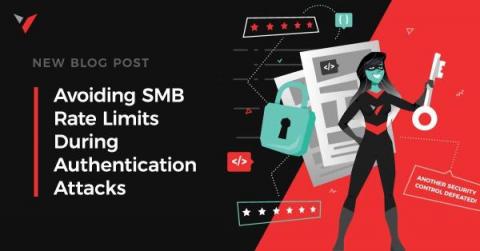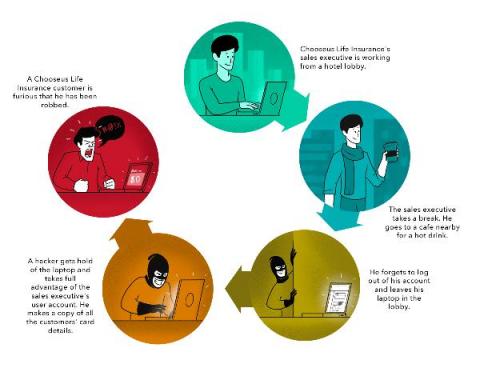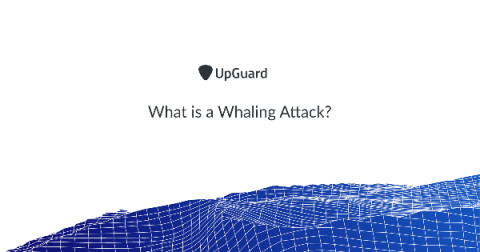Delivering on Data's Promise Requires a Personal Touch
I have often heard it said that "data is the new oil" - it has value if it can be extracted and used correctly. How to extract value and leverage this opportunity - and occasional threat - is what I most commonly hear is keeping today's executives awake at night. From mom-and-pop shops to global enterprises, within nonprofits and the public sector, every leader wants to become data-driven. Unlocking the power of data is, obviously, critical to success.










